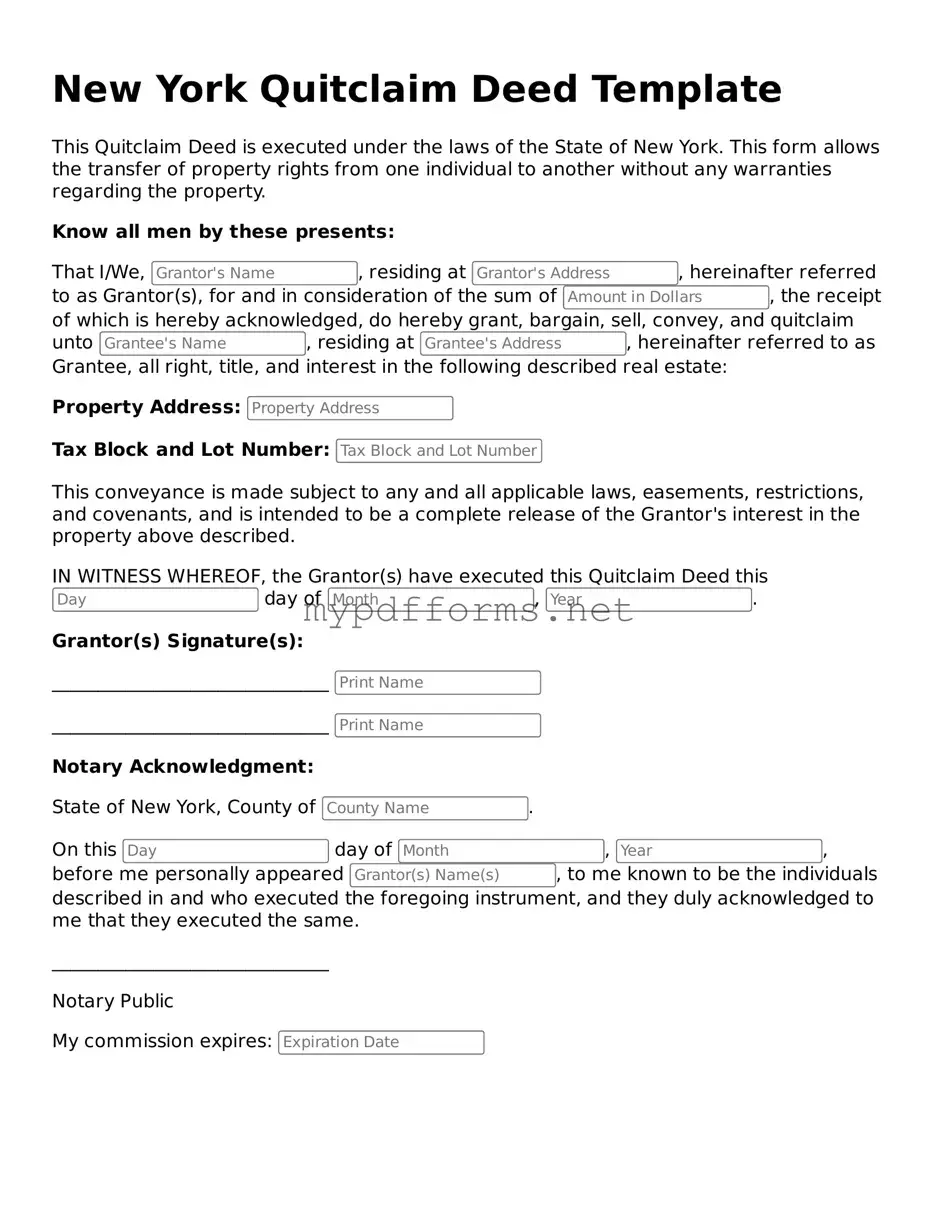A Warranty Deed is similar to a Quitclaim Deed in that both are used to transfer property ownership. However, a Warranty Deed provides a guarantee that the grantor holds clear title to the property and has the right to sell it. This means that if any issues arise regarding ownership, the grantor is responsible for resolving them. In contrast, a Quitclaim Deed offers no such guarantees, making it a riskier option for the buyer.
When dealing with real estate transactions, it is important to understand the various types of deeds available, each serving unique purposes and offering different levels of protection. For example, while a warranty deed provides assurances about the title, other instruments like a quitclaim deed simply transfer ownership without such guarantees. To navigate these complexities, including understanding the implications of unclaimed property, it may be beneficial to refer to resources such as Illinois Forms, which can offer further guidance on relevant documents and processes.
A Bargain and Sale Deed is another document that shares similarities with a Quitclaim Deed. This type of deed conveys property without any warranties against encumbrances. While it implies that the seller has ownership and the right to sell, it does not guarantee that the title is free of defects. Like a Quitclaim Deed, a Bargain and Sale Deed may be used in situations where the seller wants to transfer property quickly without extensive checks on the title.
A Special Purpose Deed, often used in specific circumstances like transferring property between family members or in divorce settlements, resembles a Quitclaim Deed in its straightforward approach. This type of deed is typically used to simplify the transfer process without the need for title insurance or extensive title searches, similar to the Quitclaim Deed’s function of transferring ownership with minimal fuss.
A Trustee's Deed is also comparable to a Quitclaim Deed. This document is used when a property is transferred by a trustee, often in cases of a trust or bankruptcy. Like a Quitclaim Deed, a Trustee's Deed does not provide warranties about the title. It simply transfers the interest that the trustee holds, making it a more limited form of property transfer.
A Deed of Gift is another document that functions similarly to a Quitclaim Deed. This type of deed is used when property is given as a gift without any exchange of money. While a Quitclaim Deed can be used for gifts, a Deed of Gift specifically indicates that the transfer is a gift. Both documents transfer ownership without warranties, making them straightforward methods for transferring property.
An Executor’s Deed is similar to a Quitclaim Deed in that it is used to transfer property from a deceased person’s estate. When an executor sells or transfers property, they may use this deed to convey the property to heirs or buyers. Like a Quitclaim Deed, an Executor’s Deed does not guarantee clear title, as it only conveys the interest the deceased had in the property.
Finally, a Mineral Deed, which transfers rights to minerals beneath the surface of the land, shares characteristics with a Quitclaim Deed. This deed grants the grantee rights to explore and extract minerals without guaranteeing ownership of the surface land. Both types of deeds are often used in transactions where the seller wants to limit their liability regarding the property’s title and condition.
